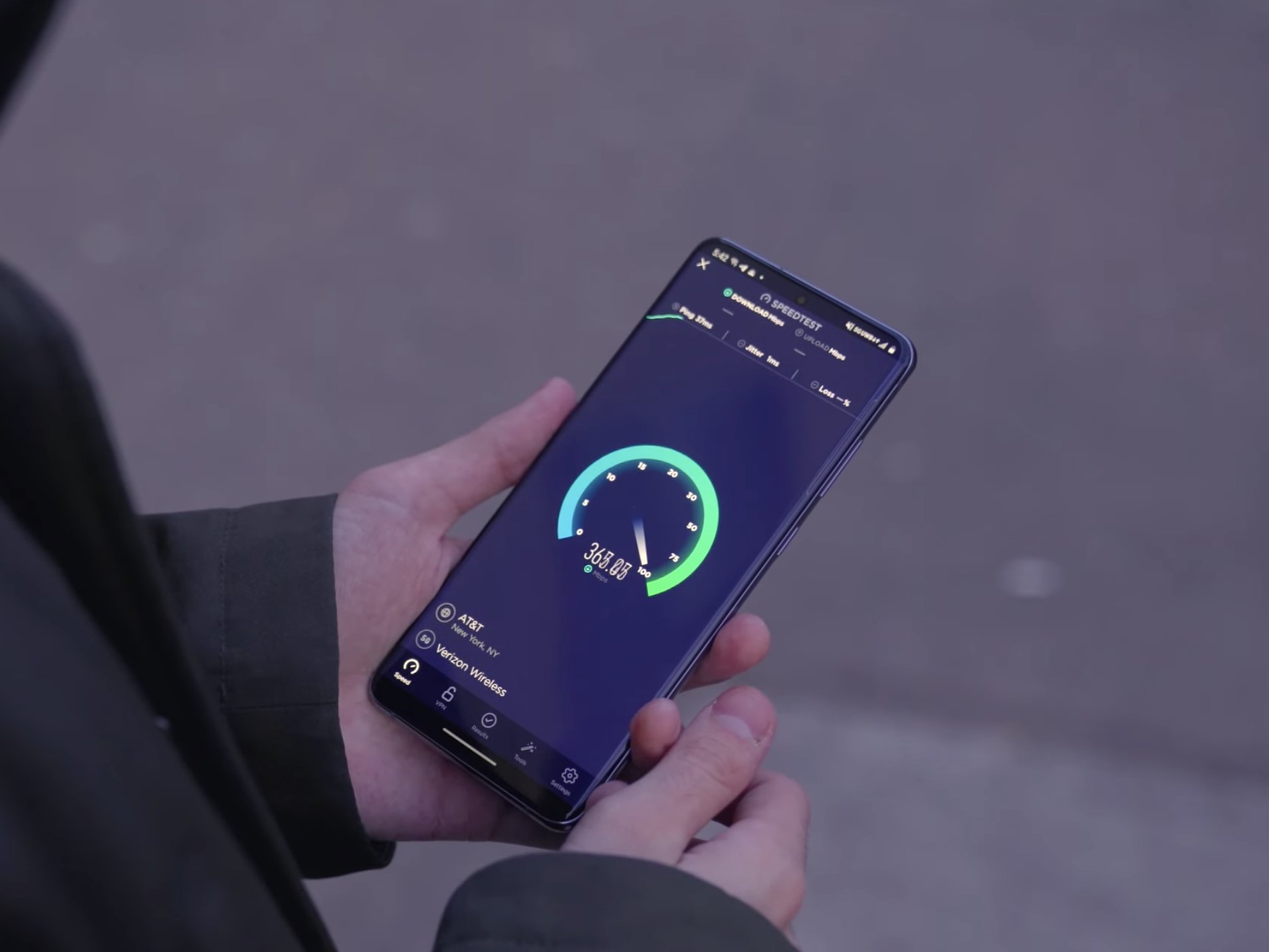Verizon's C-Band strategy shows the strength of T-Mobile's 2.5GHz spectrum

What you need to know
- Verizon with partners Ericsson and Samsung has begun deploying C-Band equipment to towers.
- Verizon plans to cover 100 million people with C-Band Ultra Wideband 5G by March 2022.
- T-Mobile counters that its mid-band 2.5GHz 5G already covers 125 million with 200 million by the end of 2021.
- T-Mobile also claims that its mid-band 5G has much better propagation than the 3.7 to 3.98GHz C-Band spectrum
Verizon was the first company to really impress people with incredible wireless speeds on its Ultra Wideband millimeter-wave 5G network. Even as the speeds continued to climb, coverage was a constant issue with poor building penetration and inconsistent performance even with a line of sight to the tower. Verizon spent big on C-Band with an average of 161MHz nationwide once it's available. Verizon announced that it's working with partners Ericsson and Samsung and has begun to deploy C-Band equipment to its towers so it can flip the C-Band switch as soon as possible.
In the first quarter of 2022, Verizon expects to put C-Band 5G into service in 46 markets that will have earlier C-Band availability. This will result in coverage for more than 100 million people. Over 2022 and 2023, Verizon plans to increase that number to 175 million. This is a result of C-Band not being fully cleared for use until the end of 2023. Once it is all available, Verizon expects C-Band to cover more than 250 million people.
In a blog post, T-Mobile's President of Technology, Neville Ray, was quick to point out that Verizon's C-Band strategy only highlights the leadership of T-Mobile's 5G network. T-Mobile took an early lead in nationwide 5G coverage. T-Mobile's 5G network is built on a foundation of low-band coverage 5G with 2.5GHz mid-band spectrum from Sprint adding capacity and speed in the areas that need it most. T-Mobile calls this spectrum Ultra Capacity and already covers 125 million people with it. This number is expected to increase to 200 million by the end of 2021, 250 million by the end of 2022, and 285 million by the end of 2023.
T-Mobile is also keen to point out that its 2.5GHz spectrum will have greater propagation than C-Band at 3.7GHz to 3.98GHz. This means that for the same number of towers, T-Mobile will be able to cover a larger area. Finally, T-Mobile has also participated in the C-Band buying frenzy taking some key spectrum in areas where it feels its current capacity will be challenged. C-Band spectrum will begin to be available at the end of 2021 in a limited release. This will give Verizon around 60MHz and AT&T around 40MHz. The rest of the spectrum won't be available until the end of 2023.
Even so, all three of the big carriers are set to use C-Band in some capacity and for many of us, C-Band will be the key to delivering a truly next-generation experience, especially as many of the best cell phone plans available today support 5G.
Be an expert in 5 minutes
Get the latest news from Android Central, your trusted companion in the world of Android
When Samuel is not writing about networking or 5G at Android Central, he spends most of his time researching computer components and obsessing over what CPU goes into the ultimate Windows 98 computer. It's the Pentium 3.

